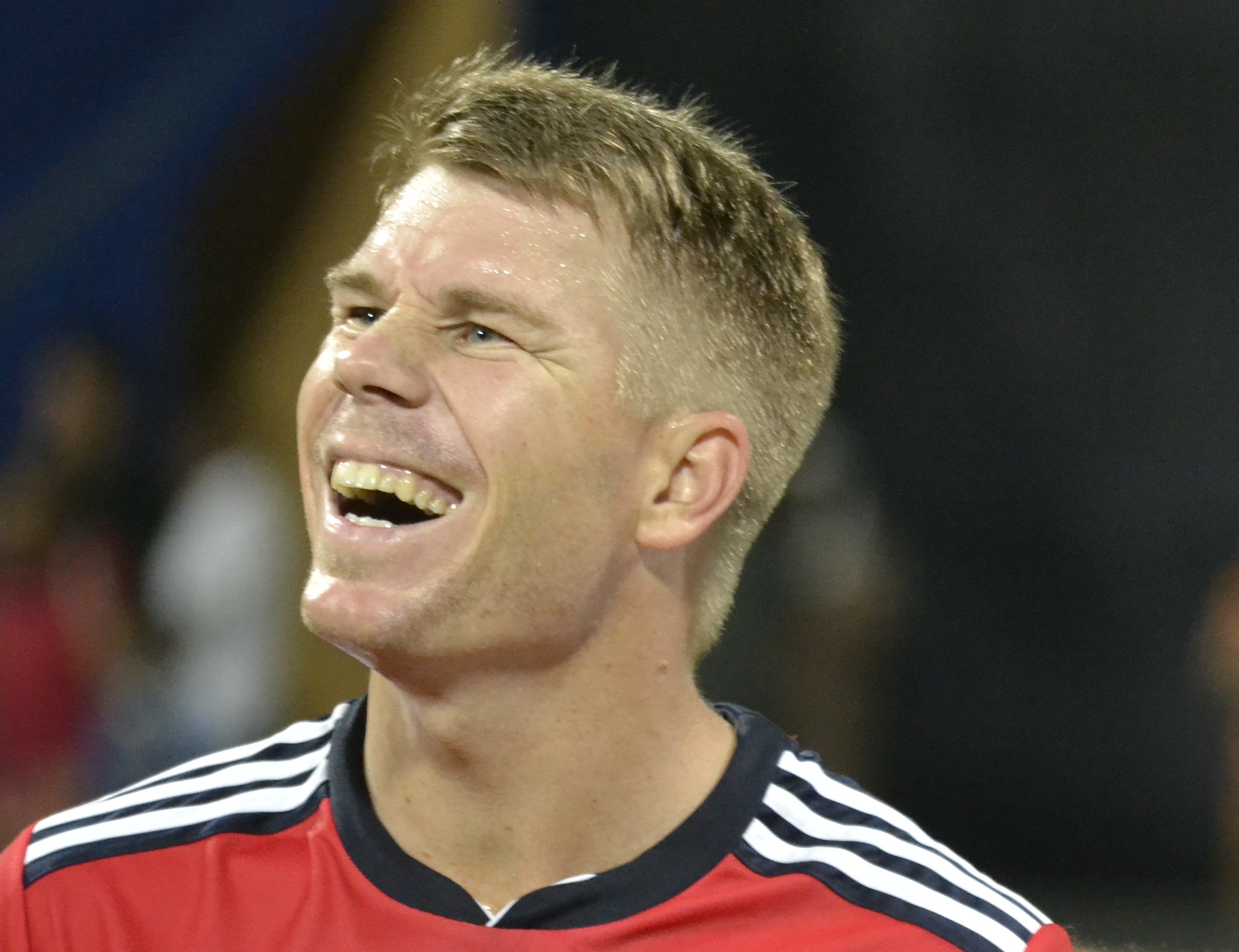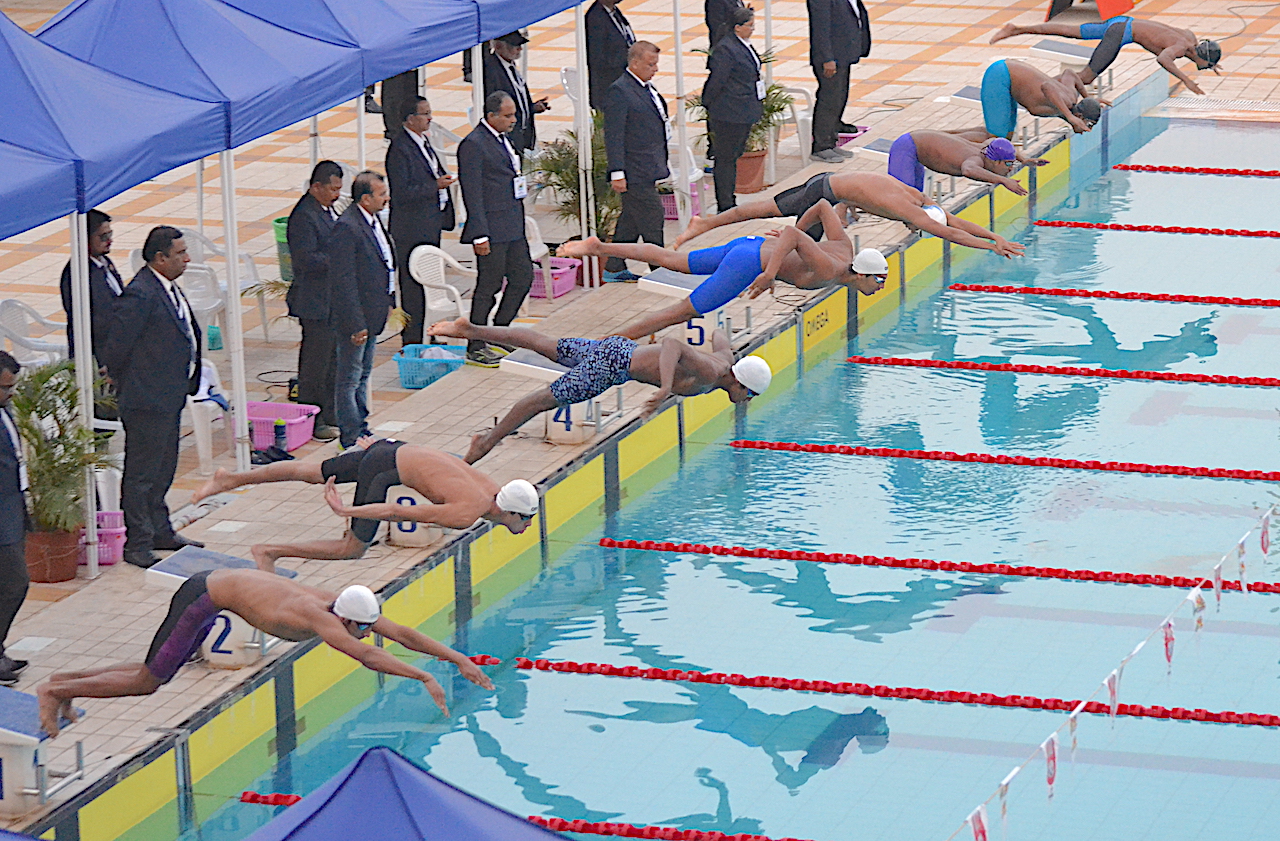The left-handed Devon Conway found no takers in the Indian Premier League Players’ Auction. Yet, by scoring his fifth successive half century in Twenty20 internationals, the New Zealander sparked many a juicy conversation. It is a good guess that some who had been in the Auction Room in Chennai would have loved to turn the clock back and bid for him.
India off-spinner R Ashwin started one with a tweet. Former Black Caps player Simon Doull dived in to start a debate by pointing out that since the start of IPL in 2008, as many as 94 Australians were handed contracts as against just 31 New Zealand cricketers. He went on to suggest that Big Bash is the only competition that is looked at by IPL talent scouts.
Let us examine some facts from the IPL 2021 Players’ Auction. Out of the 35 Australians who had thrown their hats in the ring, as many as eight were picked up by various teams. It took the number of Australians in IPL 2021 to 19. Of the 20 New Zealanders in the fray, IPL franchises showed interest in and picked up three players to raise the number of Black Caps in IPL 2021 to eight.
Is the fact that the Big Bash is broadcast live in India while the Super Smash is streamed on a mobile application makes a difference to how the cricketers from the two Antipodean nations are viewed by IPL talent scouts and coaches. The size of the screen does not make such a difference in perception as the three-year head start that Big Bash had on Super Smash.
And to think that IPL scouts are all influenced by recent immediate performances would amount to giving their cricket intelligence no credit at all. It would help to cast a glance at Daniel Vettori’s five-season stint as Royal Challengers Bangalore coach. Not more than half a dozen Black Caps were bought in the Players’ Auctions in this time. That tells us something, doesn’t it?
If we dig into IPL history, we will recall that in the early years, the coaching staff was mostly sourced from Australia. In fact, in the inaugural year, as many as four of the eight team coaches came from Down Under. Their familiarity with impact and consistency of cricketers from their own nations could have played a role in populating IPL with a number of Australians.
After a hurriedly put together inaugural season, teams sent members of their coaching staff to the Emerging Players Tournament in Australia. Later, they started travelling to South Africa and the West Indies to watch players showcase their wares in local T20 competitions. To believe that the Big Bash is the only other event of importance may not be based on solid ground.
Given that there are only four berths for overseas players in the playing XI, it becomes inevitable for the coaching staff at the auction to go for picks who would at least push for one of those four slots. With the large spends on key players, it becomes difficult for franchises to bid for cricketers with significant base prices.
Besides auction dynamics, two factors that IPL owners, guided by the coaching staff, will always keep at the back of their minds are a player’s ability to adapt to and perform in Indian conditions as well as his lending a balance to the team. And it calls for different skill sets to succeed in India than on the tracks in New Zealand.
Viewed against such a challenging landscape, it is all the more important that players step up the plate as and when they are drafted in to the XI. Clearly, many of the New Zealand players who got an opportunity to play IPL games were unable to express themselves as freely either with the bat or the cricket ball to command regular first XI berths.
The names of Martin Guptill and Colin Munro, both among the five most prolific batsmen for New Zealand in T20 internationals as well as those of Jesse Ryder and Jimmy Neesham spring readily to mind as not finding immediate success in IPL. Tim Southee, Ish Sodhi and Mitchell Santner, the three most successful bowlers in the format for New Zealand, were unable to make an impact.
It may sound a bit harsh on these players, but the truth is that some of the best New Zealand cricketers have been unable to adapt themselves. Brendon McCullum, Kane Williamson, Trent Boult, Daniel Vettori, Mitchell McClenaghan and, to a lesser extent, Ross Taylor have been exceptions.
Yet, some question marks surface about the New Zealander’s ability to perform in the veritable cauldron that IPL is. The likes of Jesse Ryder (29 matches), Martin Guptill (13) and Jimmy Neesham (9) did not exactly set the river on fire when they were given the chance. Even Ross Taylor (55 matches in seven seasons) may not be considered an IPL great.
There can be no doubt that New Zealand is a dangerous team when playing at home but, sooner than later, its cricket planners need to ask themselves if their players can have similar impact in alien conditions – at least enough to catch the eyes of the IPL coaches and talent scouts – rather than let such chatter assume tricky overtones.
This piece was written for Playfield, edition 5, March 5, 2021.



